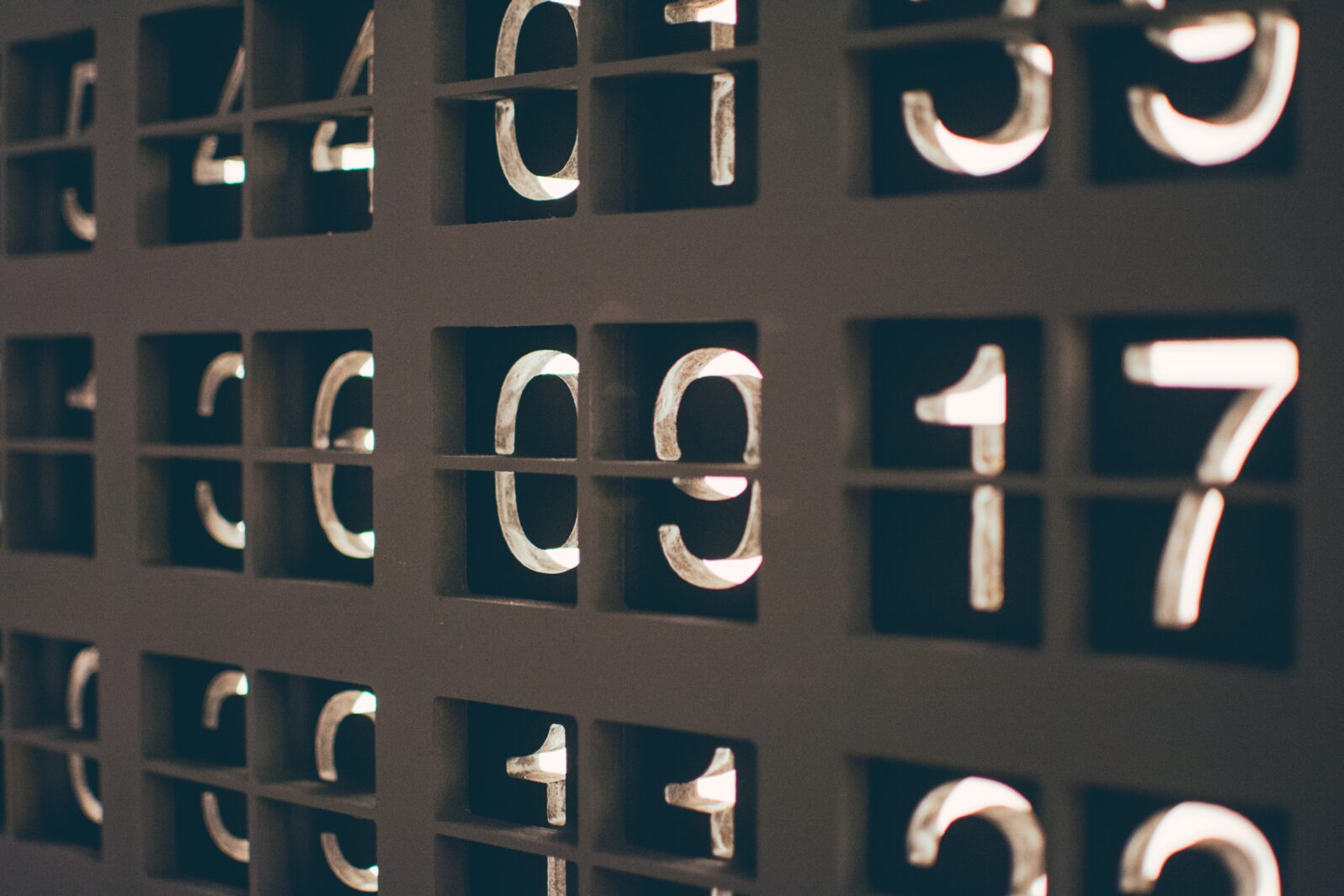Can Big Data Help Make Your Book a Best Seller?
It’s more likely to help you picture your odds more clearly and clarify your goalsProfessor of Network Science Albert-László Barabási, author of The Formula, has put a lot of thought into the question of how to land a book on the New York Times best seller list:
From the sea of statistics available, Barabási offers some sobering ones: Over 100,000 new titles are added each year to the 3 million books in print, and the average American reads 12 or 13. Digging deeper, he and his postdoc Burcu Yucesoy studied whether Big Data could provide nuggets of information that would help position a new book on the premier New York Times Best Seller list. They analyzed the sales patterns of the 2,468 fiction and 2,025 nonfiction hardcover titles that made the list over the last decade.
They found that only 1.1% were science books. But science wasn’t much more neglected than sports or religion. Memoirs and biographies made up nearly half of non-fiction. As for literary fiction (the kind that ends up on school reading lists), only 800 such books made the list in the last decade. Most best sellers (and in fact 2/3 of all fiction titles) were “plot-driven” mysteries, romances, and thrillers. Fiction authors are more likely to make the list repeatedly than non-fiction ones (85% vs. 14%), which probably reflects the fact that fiction is easier than fact to turn into a winning formula. A book need not sell millions of copies to make the list; most such books sold between 10,000 and 100,000 in the first year.
One could infer all this, at least roughly, from reading and from drifting around mall bookstores and airport gift shops. What does Barabási’s Big Data tell us that we couldn’t just guess? Well, for one thing, that there is a “universal sales curve” which means that a book’s only chance of making the list is shortly after publication:
That’s because book sales, we discovered, follow a universal sales curve — there’s a single mathematical formula that captures the weekly sales of all books. And that sales curve has a prominent peak right after the release, meaning you sell the most copies during the first weeks after your book’s release. Fiction sales almost always peak within the first two to six weeks; for nonfiction, the peak can come any time during the first 15 weeks.
ALBERT-LÁSZLÓ BARABÁSI, “A data scientist cracks the code to landing on the New York Times Best Seller list” at MarketWatch
Books, he says, do not slowly and silently build audiences and then burst suddenly onto the list at a critical point, as authors fondly hope. The author and publisher have only a few weeks to work with if making that list is a goal. Therefore—and this is the other value of paying attention to big numbers—books published in February or March have a better shot at the list because all book sales are down, relative to December, when everyone is buying for everyone else. Of course, “household name” authors tend to benefit from the December market because customers are looking for gifts that resemble the previous winners.
One advantage of cracking a best seller list is that, as Constance Grady puts it at Vox, “you get to call yourself a New York Times best-seller for the rest of your life.” But then again, if you think you have something to say to specific people and a book is the way to go, here are some facts about the many books that will not make the bestseller list, no matter what, but might be worth publishing anyway:
Most books do not sell more than 3000 copies. Self-published books usually sell fewer but, of course, many of those are not published for a large audience anyway.
Book sales in the United States are stagnant, despite the increase in published titles. Most books are sold only to the author’s or publisher’s own communities. The reason is simple: Most people do not have the time to read many books and are likely to read only the ones their community expects and encourages them to read.
Most books that fail to achieve their potential fail because the author and/or publisher does not develop a marketing plan that reaches the community likely to buy the book.
The bottom line is that if you want to write a book that makes a difference, being on a best seller list is not particularly important. Finding the right people and getting them read it—relational marketing—should be your goal. Big Data—fascinating as it is—might help you if it sheds light on where, when, and how to look for those unique people.
See also: The $60 Billion-dollar Medical Data Market Is Coming under Scrutiny As a patient, you do not own the data and are not as anonymous as you think
and
Big Question: Can Big Data read the minds of others?


